The 'breathtakingly magnificent' English country gardens laid out on the Amalfi Coast, and the story of how they got there
Kirsty Fergusson follows the Grand Tour to Campania in Italy, where the English combined their knowledge and love of plants with the rugged landscape to create gardens of extraordinary beauty.
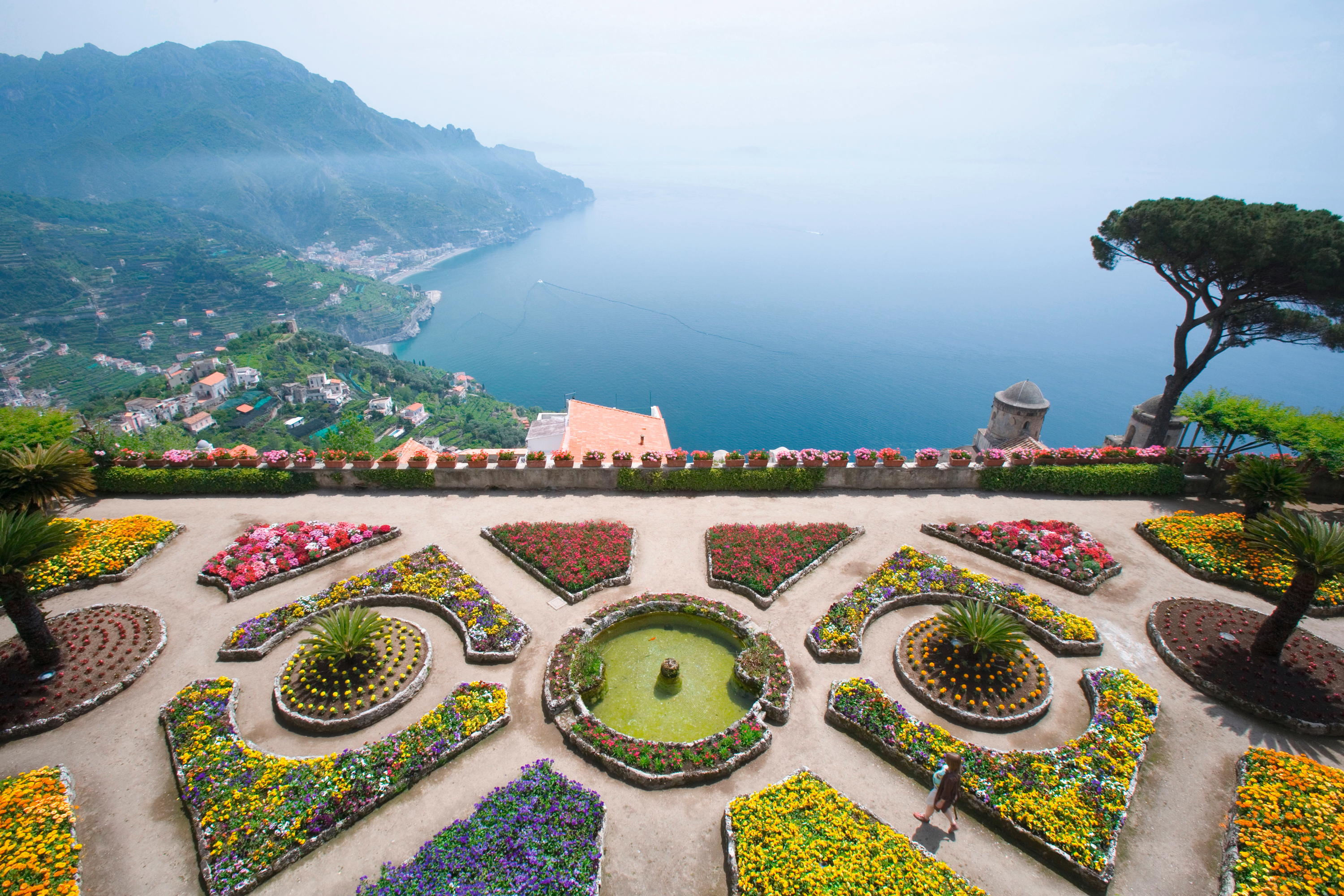
Since antiquity, artists seeking a place to refresh or inspire a hungry imagination have migrated towards the azure seas and skies of Campania in southern Italy, alighting on clifftop perches to write or compose or paint — or, in many cases, to make gardens. It follows, naturally, that in their wake come those wanting to taste a little of the celestial enchantment promised by the prose, the music, the images and the tales of extravagant villas surrounded by scented gardens giving onto infinite blue horizons.
Although Grand Tourists had been pursuing the cultural trail that led to the Kingdom of Naples since the 18th century, two events in the following century opened the way into Campania for even greater numbers of visitors from Northern Europe. The defeat of Napoleon (and consequent restoration of Bourbon rule in Naples) in 1815 made travel across Europe a lot less fraught and the opening of a new coast road in 1853 linking Amalfi — and eventually Positano — to Salerno and Naples via Vietri sul Mare exposed the picturesque beauty of the meandering south coast of the Sorrentine peninsula, with its medieval ruins and whitewashed fishing villages above which terraced orchards brimmed with lemons, with a mild flavour that was to be found nowhere else in Italy.
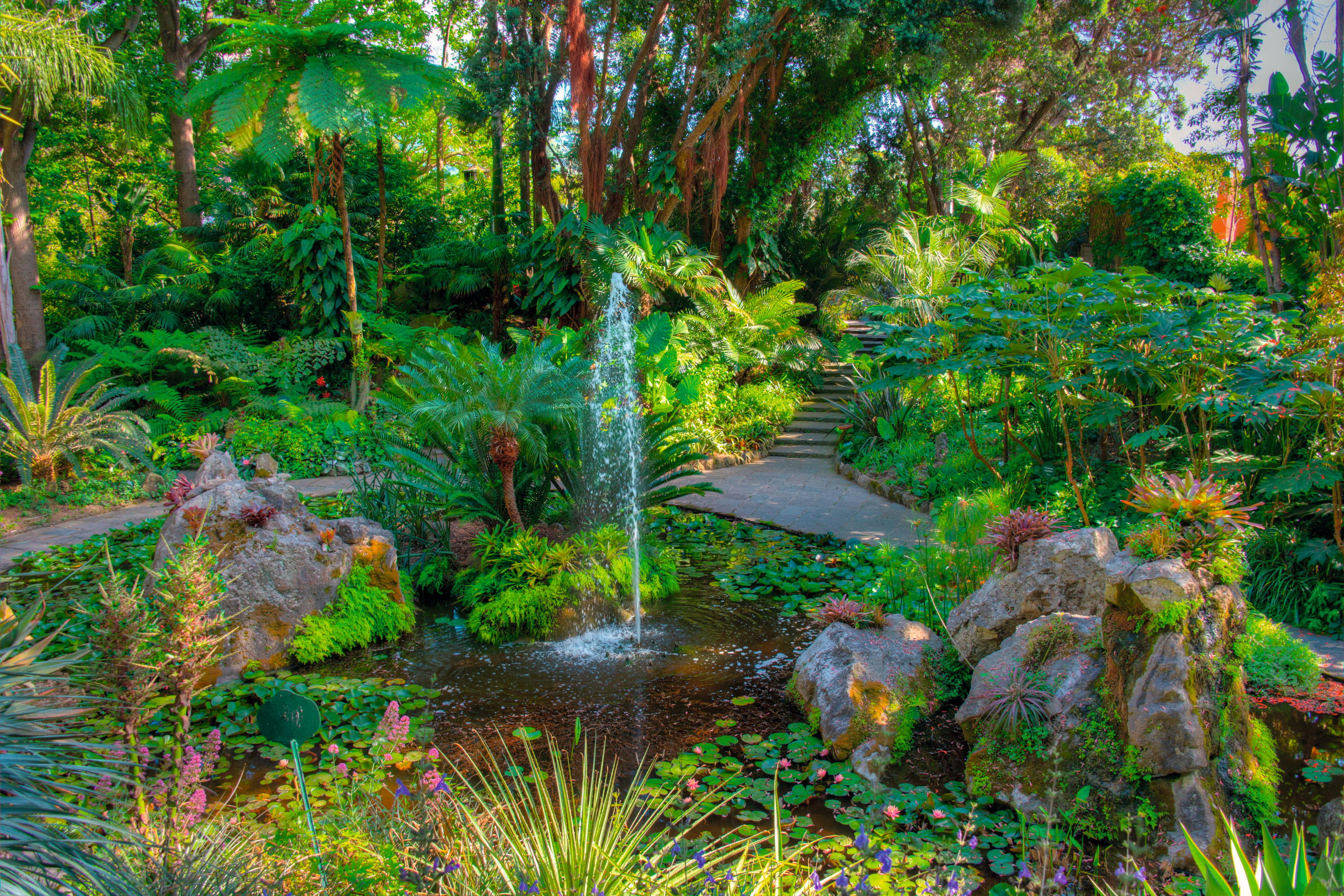
Russell Page created a lush paradise for Sir William Walton and his wife, Susana, on the protected lower slopes at La Mortella, Ischia
Turner arrived in 1819, sketching the Amalfi coast from the deck of a small boat, painting Naples in sunshine and Vesuvius in an imagined state of violent eruption. Ruskin, keen to emulate, followed a couple of decades later. Lady Blessington published The Idler in Italy in 1839, giving a witty and gossipy account of expat life in Naples.
Soon the trickle of northern Europeans became a flood, some coming to escape the greyest months of the year, others to settle permanently, seduced by the warmth, the light, the community and — for many — the horticultural and gastronomic opportunities of a land where it seemed that anything could grow, if the challenging slopes could be tamed with terraces and given shelter from offshore winds.
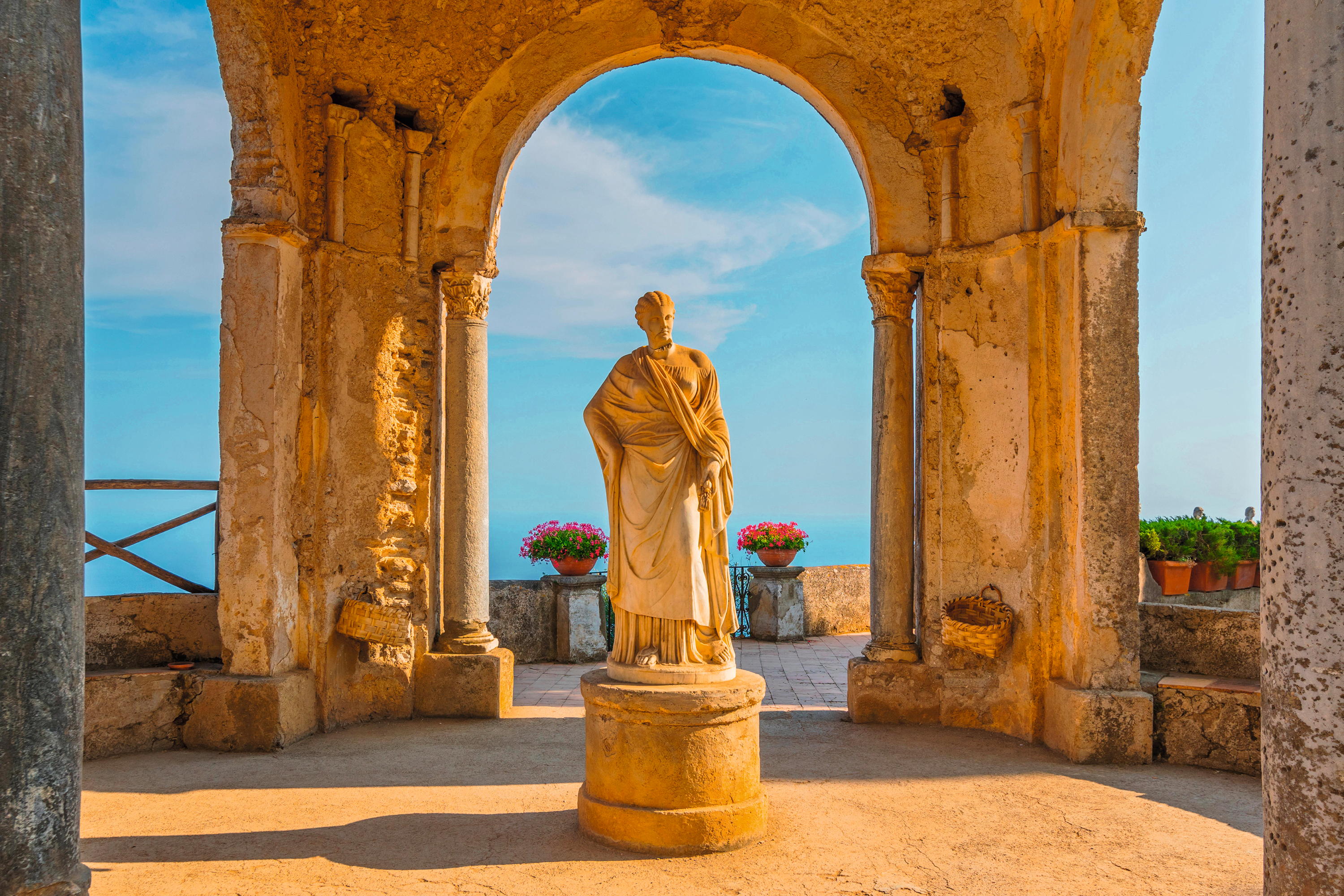
The Temple of Ceres stands 1,000ft above the sea offering outstanding views from the terrace.
The English, in particular, brought with them an affection for gardening, bolstered in many instances by horticultural connoisseurship and teams of expert gardeners, wide-eyed at the prospect of growing hot-house exotica in outdoor settings. Yet it was that splendid landscape that presented the first design challenge. How to embellish — let alone compete with — such a spectacular natural environment? Two possibilities presented themselves: shut out the distractions and drama of the land and sea, to create a private leafy, floral paradise, or compose a dynamic frame for the dazzling views. In Ravello and on the island of Ischia in the Bay of Naples, two gardens of entirely different character resolve the question with equal conviction and panache.
Loftily perched high above Amalfi, Ravello is blessed with two grandi giardini: the Moorish medieval Villa Rufolo rescued from centuries of neglect by the writer Francis Neville Reid and spiritual home of Richard Wagner (‘here is the enchanted garden of Klingsor!’) and, where town gives way to rocky headland, the breathtakingly magnificent Villa Cimbrone.
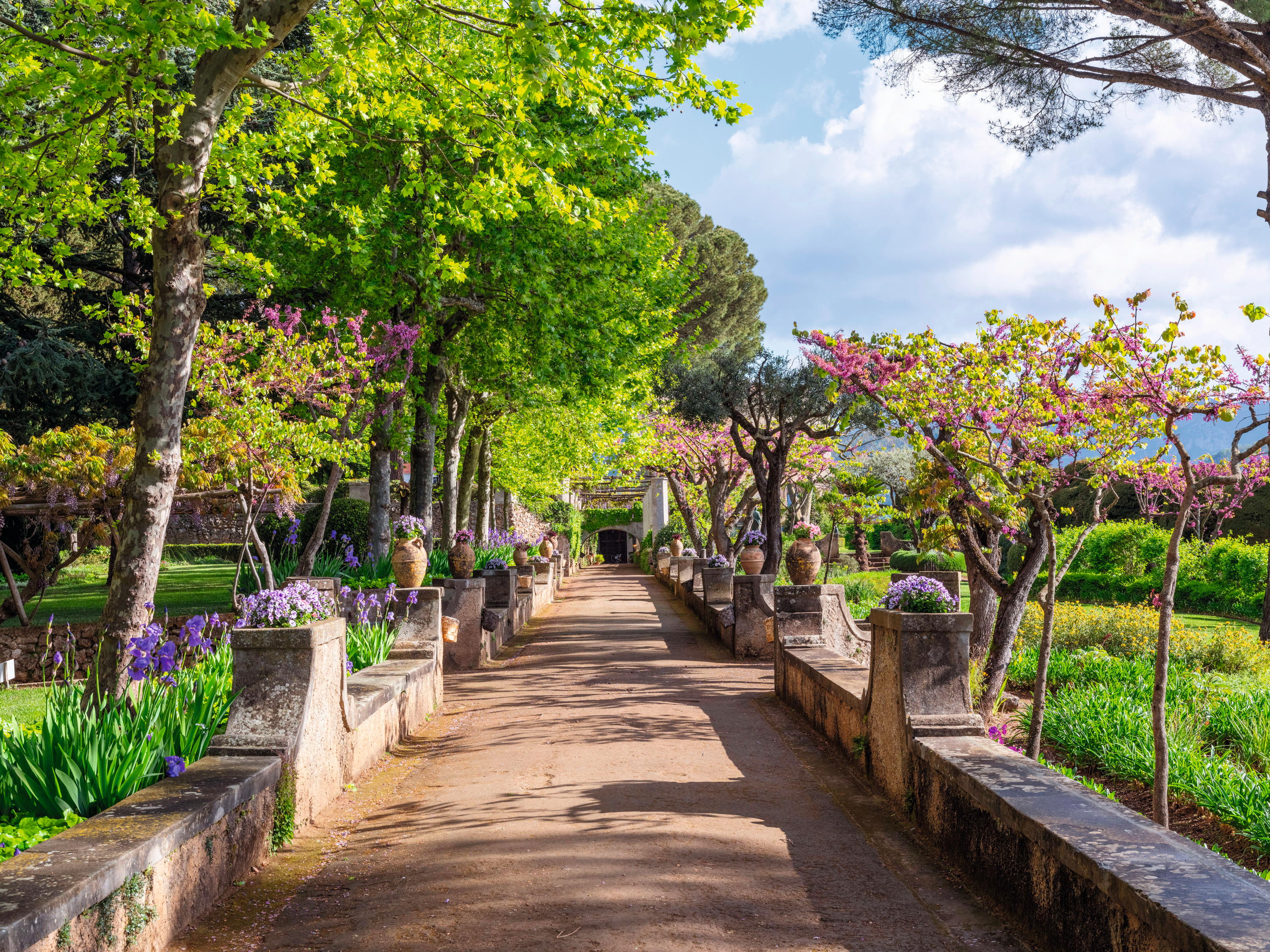
Around Villa Cimbrone, the planting along the garden walks was overseen by Lord Grimthorpe’s daughter, Lucy, possibly with the help of Vita Sackville-West.
Since 1960, the villa (now a luxury hotel) and its gardens have been in the hands of the Vuilleumier family, who have carefully researched, restored and maintained what is essentially an Edwardian Englishman’s garden grafted seamlessly to a much older, formal Italian design. In 1904, still grieving for his American wife, who had died shortly after giving birth to his son, Ernest Beckett (later Lord Grimthorpe) was persuaded by chums that nobody could be sad for long in Ravello. They were right and in no time he had bought the derelict remains of the once grand estate offering boundless views over the Gulf of Salerno.
Sign up for the Country Life Newsletter
Exquisite houses, the beauty of Nature, and how to get the most from your life, straight to your inbox.
A local man, Nicola Mansi, was employed to oversee the monumental works that transformed the farmhouse into a palatial villa infused with Moorish, Venetian and neo-Gothic detail. Grimthorpe’s daughter, Lucy, was much involved with the planting of the more colourful parts of the garden, close to the villa — quite possibly aided by Vita Sackville-West, a frequent visitor to Cimbrone — but the undeniable magnetism of the garden lies in the 1,640ft Viale dell’Immensità that culminates in The Terrace of Infinity, a jaw-dropping climax to a garden path if ever there was one. White marble busts of 18th-century origin adorn the balustrade, jutting 1,000ft above the Tyrrhenian Sea — and beyond that is nothing but celestial azure. Even Wagner ran out of superlatives here.
Join the Country Life tour of the gardens of Amalfi
Join Country Life in association with Boxwood Tours on a trip to the Gardens of Amalfi and the Bay of Naples, October 6-10.
Expert host Nick Dakin-Elliot and Country Life writer Kirsty Fergusson will lead a five-day horticultural journey through the captivating gardens of the Amalfi Coast and Bay of Naples. The tour will explore the famous La Mortella gardens, created by Susana, Lady Walton, wife of the English composer Sir William Walton, on the island of Ischia. Rare plants and panoramic views highlight the Russell Page-designed garden’s distinctive charm.
In Ravello, the Villa Cimbrone awaits with its rich history and beautiful gardens perched above the coastline, offering the perfect blend of natural beauty and cultural heritage. In Amalfi, we visit the region’s celebrated lemon groves, where you will have the chance to sample citrus-inspired delicacies at the Lemon Museum.
We will be staying in luxurious accommodations at the elegant five-star hotels Albergo Della Regina Isabella in Ischia and the cliffside Hotel Le Agavi in Positano, where the delicious food and glorious Mediterranean views promise to make this a special trip. This carefully curated tour offers the perfect combination of horticultural splendour, historical discovery and Italian luxury, making it an unforgettable escape for garden enthusiasts and cultural explorers alike.
The tour, which includes two nights at Albergo Della Regina Isabella and two nights at Hotel Le Agavi, costs per person with flights is £4,995, with a single supplement of £700. To find out more and to book, telephone 01280 430175, visit www.fineandcultural.com, email mail@boxwoodtours.co.uk or write to Boxwood Tours, 1 West Street, Buckingham, MK18 1HL
Half a century later on Ischia, the composer Sir William Walton and his wife, Susana, were discussing with the designer Russell Page the garden they wished to make on a steep and scrubby hillside, through which a volcanic flow of lava had once gouged a path. However, Page was not interested in the views from the higher ground. He chose to create a lush and leafy paradise for the Waltons at the lowest point of the land, where a sub-tropical jungle of exotic plants from around the globe would be protected from not only the wind, but from the distractions of landscape and sea. (The prospective house of La Mortella would look over the garden and those views could be enjoyed from upstairs.)
Over the next 30 years, the garden developed and matured to Page’s prescriptions, but he steadfastly refused to take the garden further up the slopes. Lady Walton remembers he suggested that might be a task for her mother, with whom the famous landscape gardener did not see eye-to eye. However, after the deaths of both Page and her husband, Lady Walton derived great pleasure from continuing to create imaginative extensions to the garden further up the hillside. You can now enter the garden at La Mortella from its highest point (thus avoiding the exertion of the uphill climb) to look out across the treetops to the sea from a belvedere, before descending a forking path that leads either to a Thai pavilion and its ferny, meditative garden or a watery cascade from which a sculpted crocodile emerges. In an inversion of Cimbrone’s invitation to soaring infinity, Page’s vision of Paradise lies at the end of a downward journey.
-
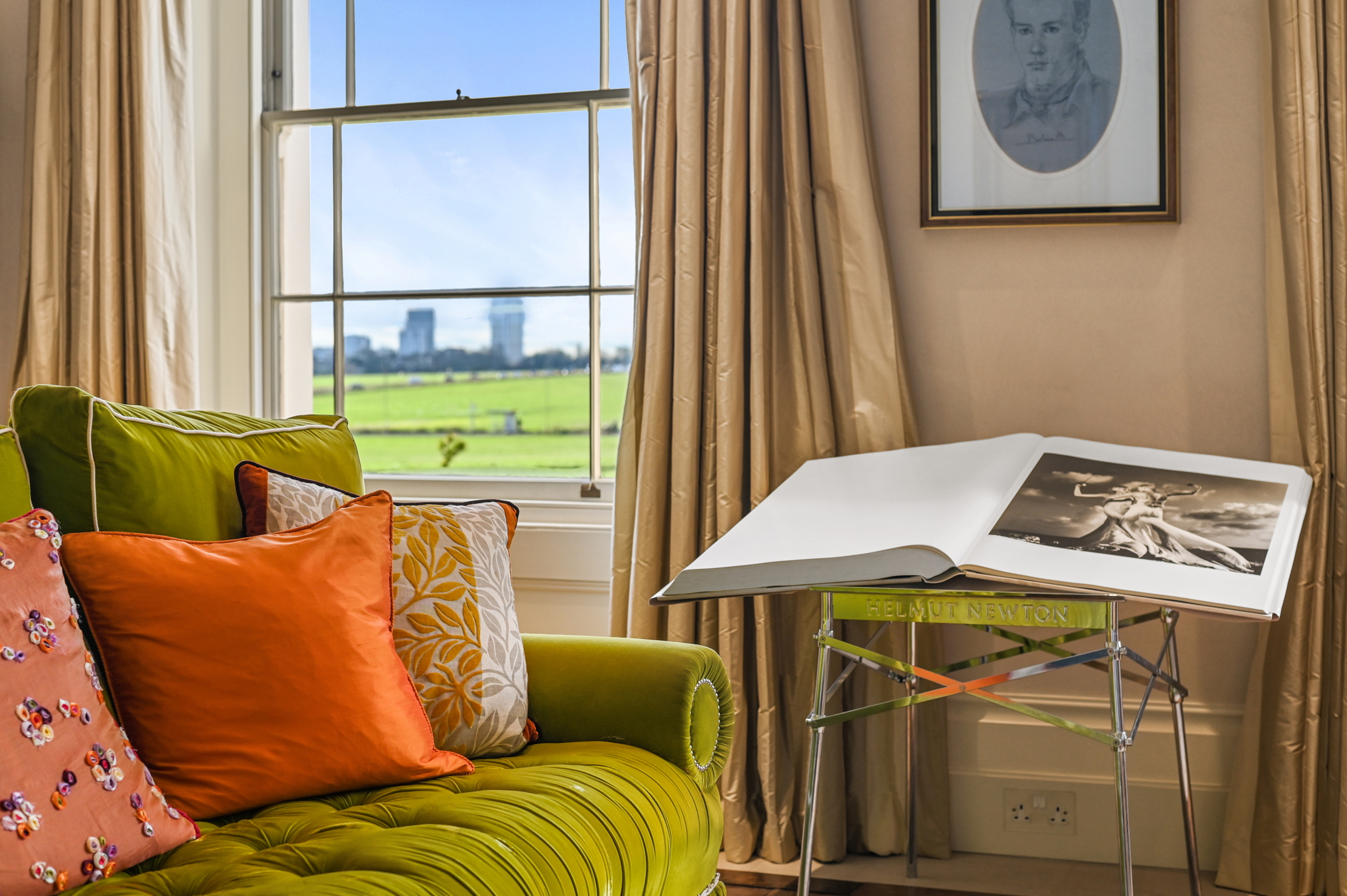 A rare opportunity to own one a family home on Vanbrugh Terrace, one of London's finest streets
A rare opportunity to own one a family home on Vanbrugh Terrace, one of London's finest streetsThis six-bedroom Victorian home sits right on the start line of the London Marathon, with easy access to Blackheath and Greenwich Park
By James Fisher
-
 Materials, textures, construction, expression: A Brutalist watch on your wrist
Materials, textures, construction, expression: A Brutalist watch on your wristLuxury watchmakers are seeking to bridge the gap between two contrasting styles, with exciting results.
By Chris Hall
-
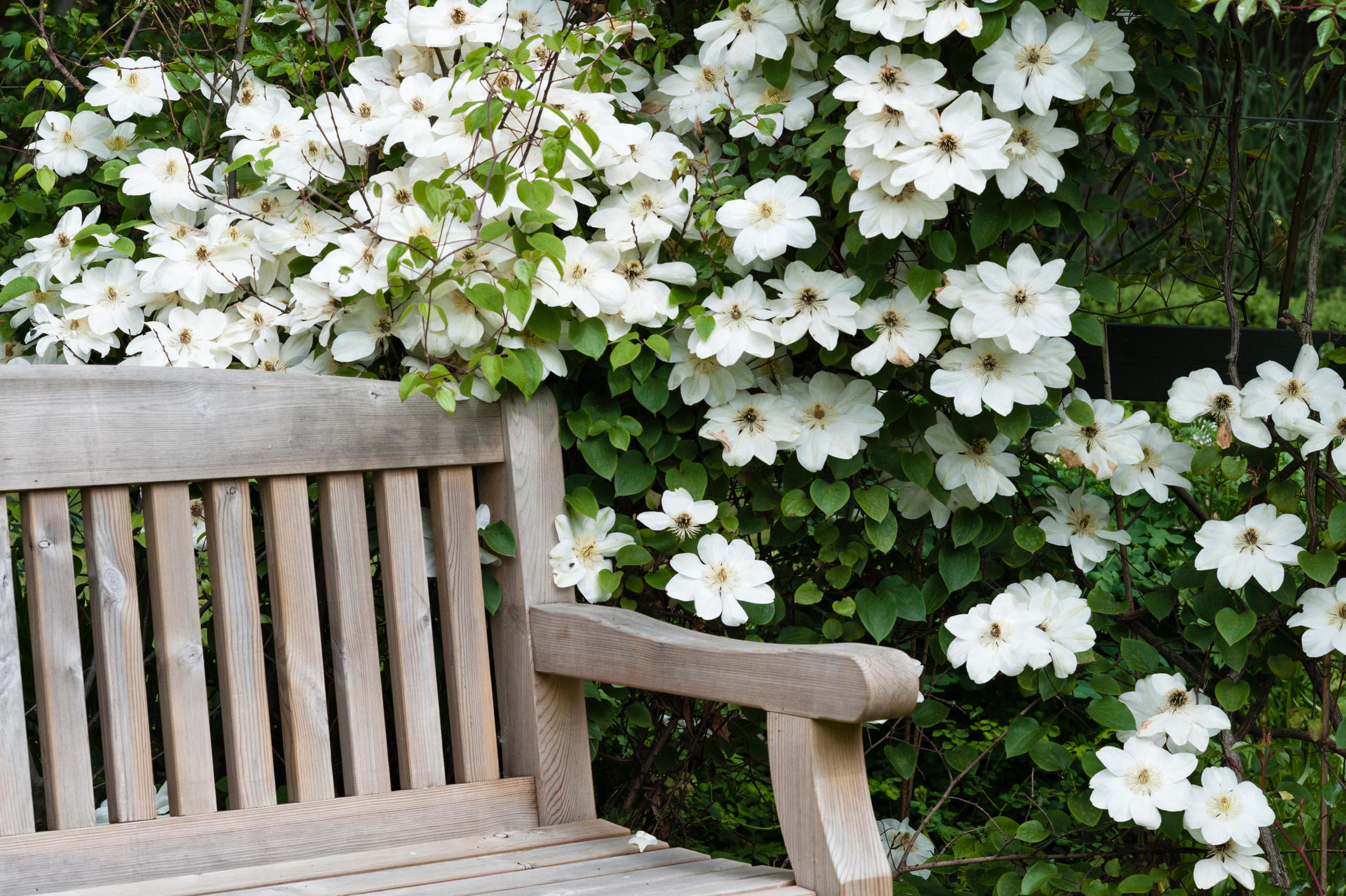 Six of the best Clematis montanas that every garden needs
Six of the best Clematis montanas that every garden needsClematis montana is easy to grow and look after, and is considered by some to be 'the most graceful and floriferous of all'.
By Charles Quest-Ritson
-
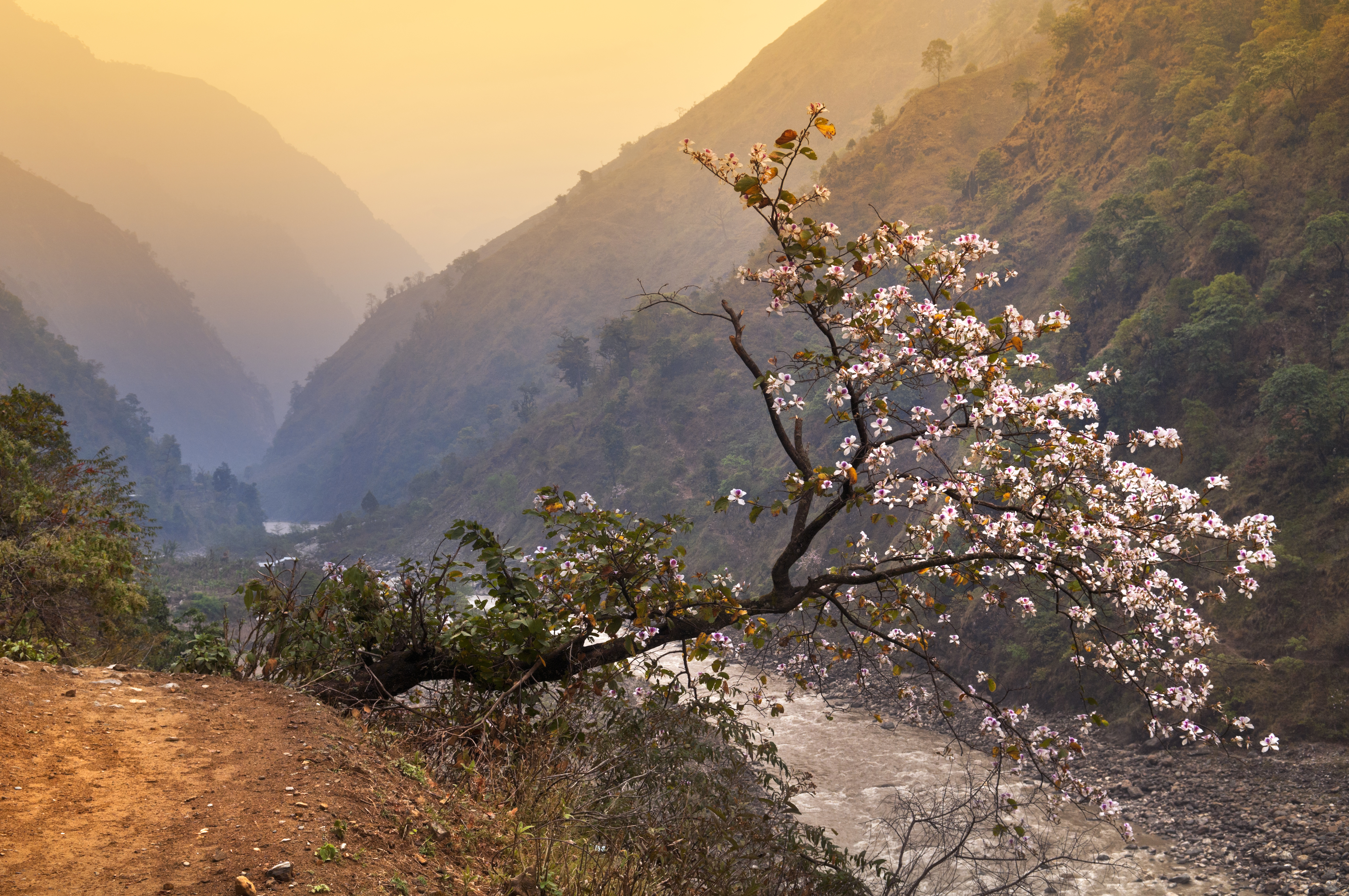 The man who trekked Bhutan, Mongolia, Japan, Tasmania and New Zealand to bring the world's greatest magnolias back to Kent
The man who trekked Bhutan, Mongolia, Japan, Tasmania and New Zealand to bring the world's greatest magnolias back to KentMagnolias don't get any more magnificent than the examples in the garden at White House Farm in Kent, home of Maurice Foster. Many of them were collected as seed in the wild — and they are only one aspect of his enthralling garden.
By Charles Quest-Ritson
-
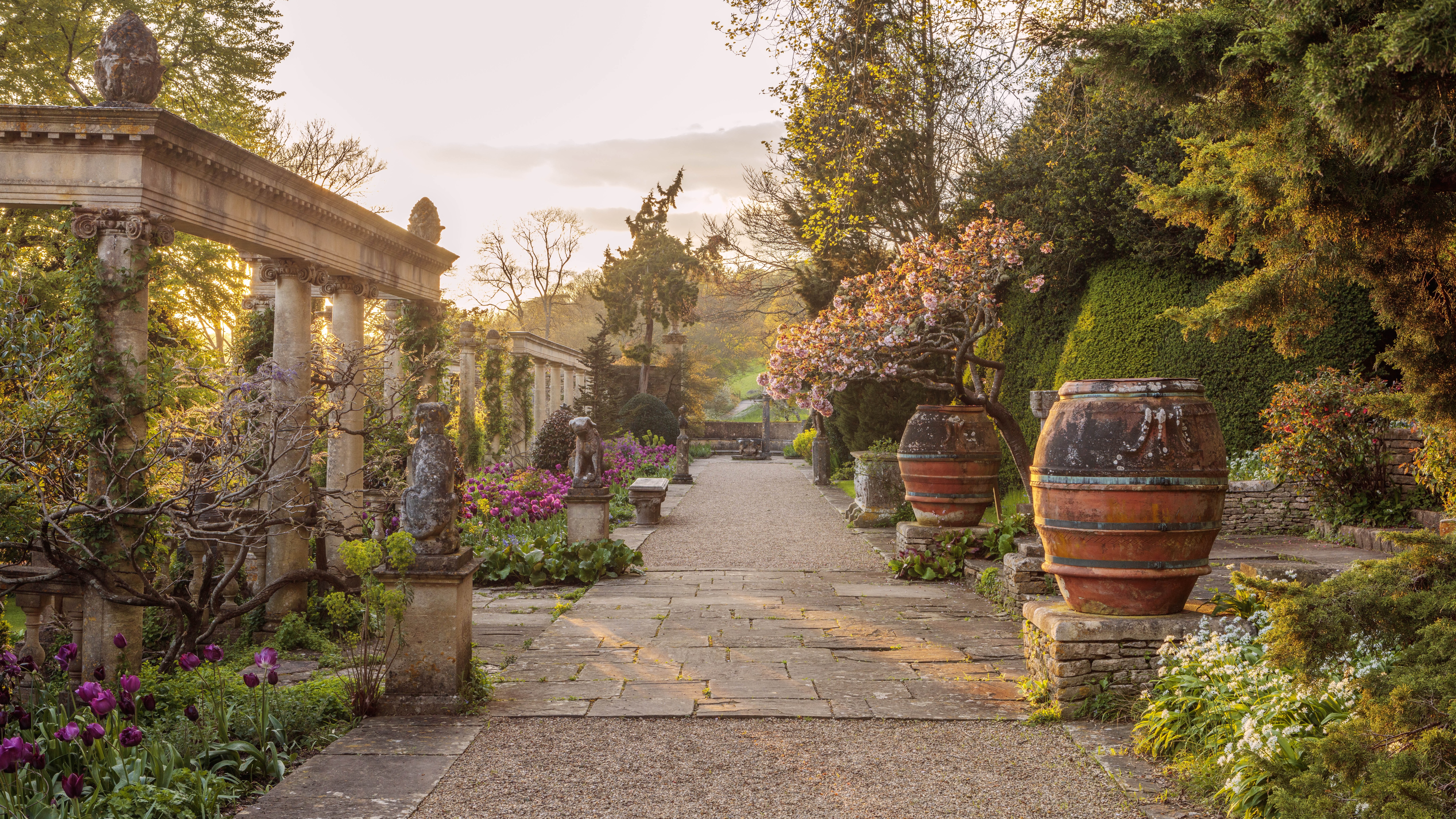 Have your say in the Historic Houses Garden of the Year Awards 2025
Have your say in the Historic Houses Garden of the Year Awards 2025By Annunciata Elwes
-
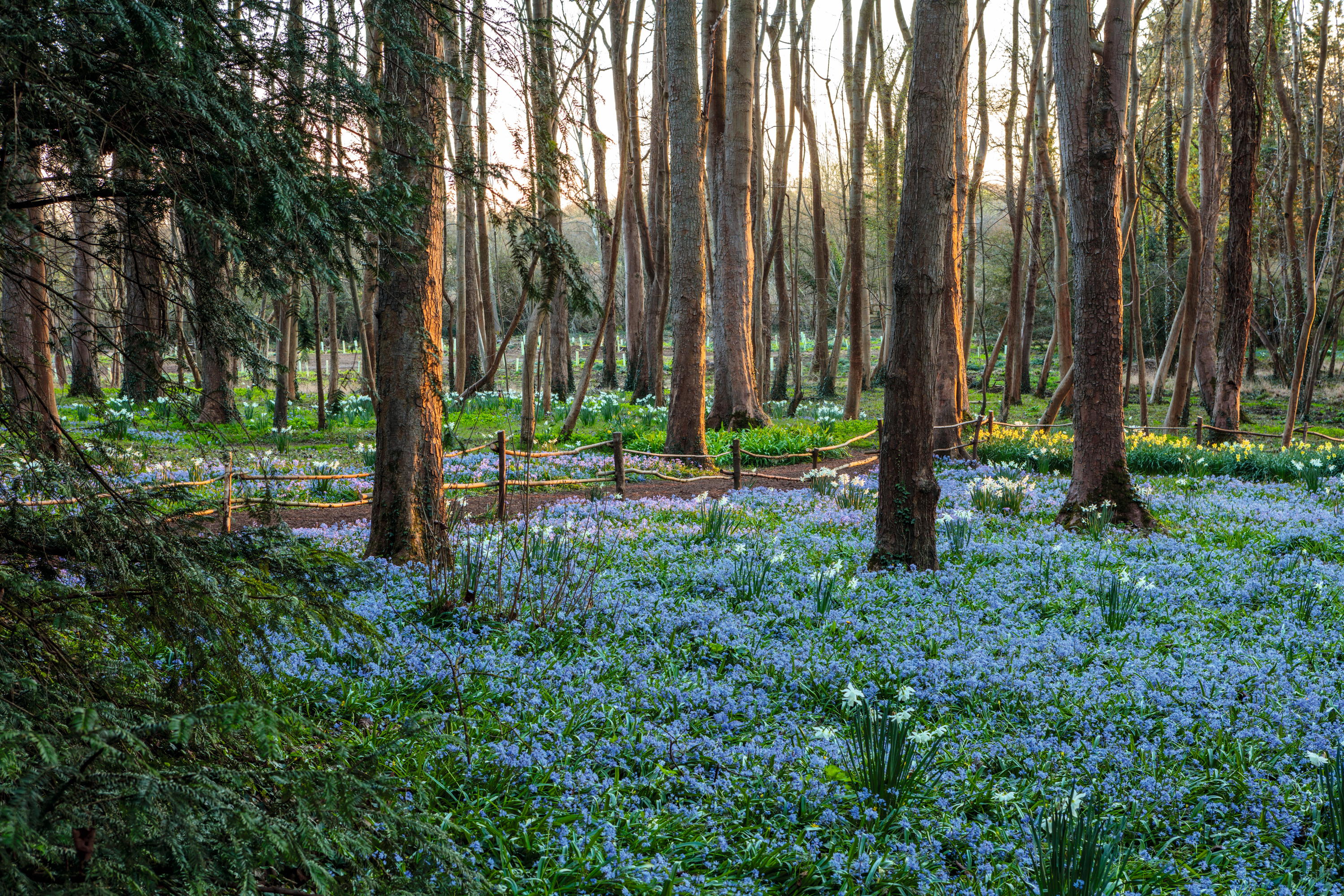 Evenley Wood Garden: 'I didn't know a daffodil from a daisy! But being middle-aged, ignorant and obstinate, I persisted'
Evenley Wood Garden: 'I didn't know a daffodil from a daisy! But being middle-aged, ignorant and obstinate, I persisted'When Nicola Taylor took on her plantsman father’s flower-filled woodland, she knew more about horses than trees, but, as Tiffany Daneff discovers, that hasn’t stopped her from making a great success of the garden. Photographs by Clive Nichols.
By Tiffany Daneff
-
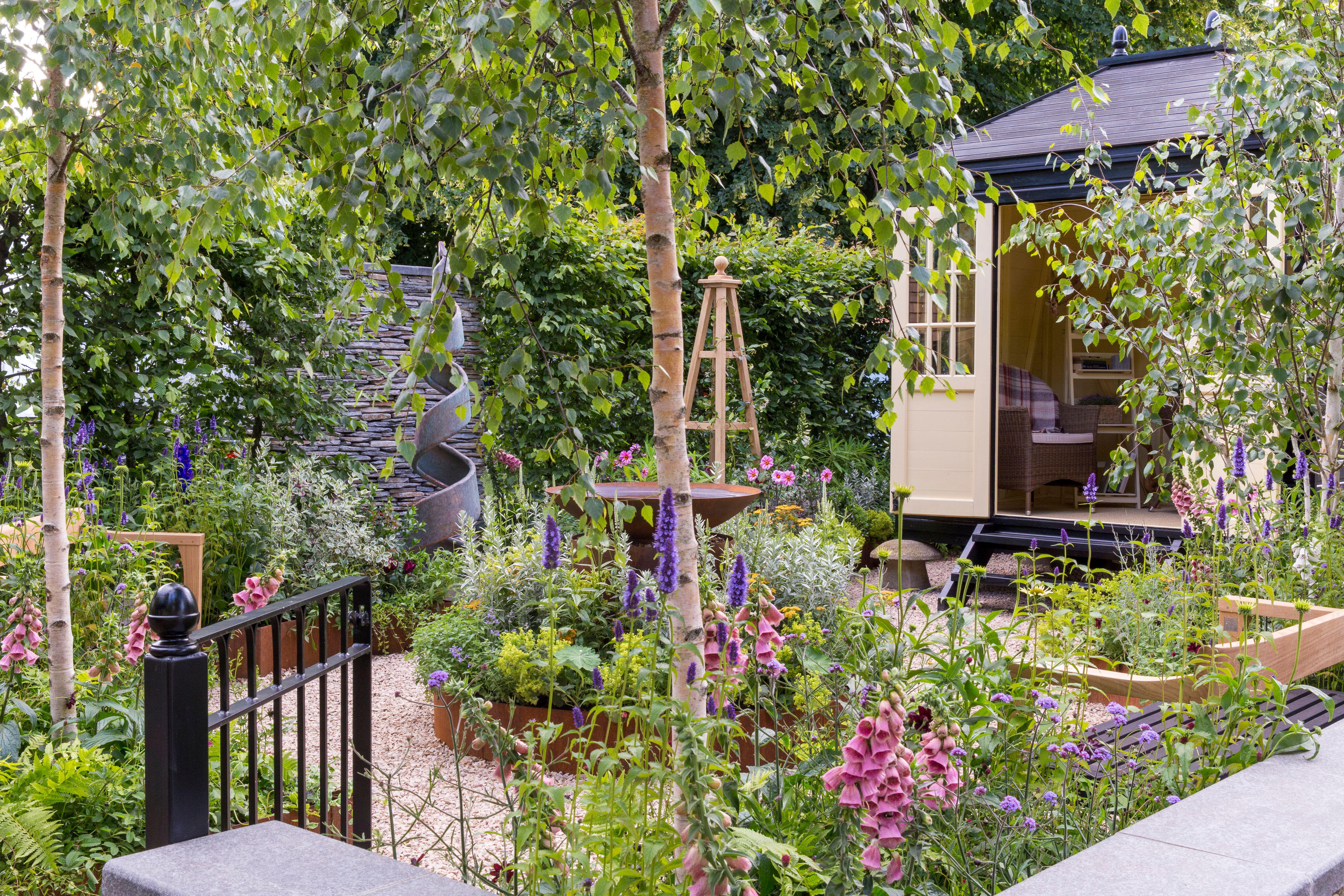 An expert guide to growing plants from seed
An expert guide to growing plants from seedAll you need to grow your own plants from seed is a pot, some compost, water and a sheltered place.
By John Hoyland
-
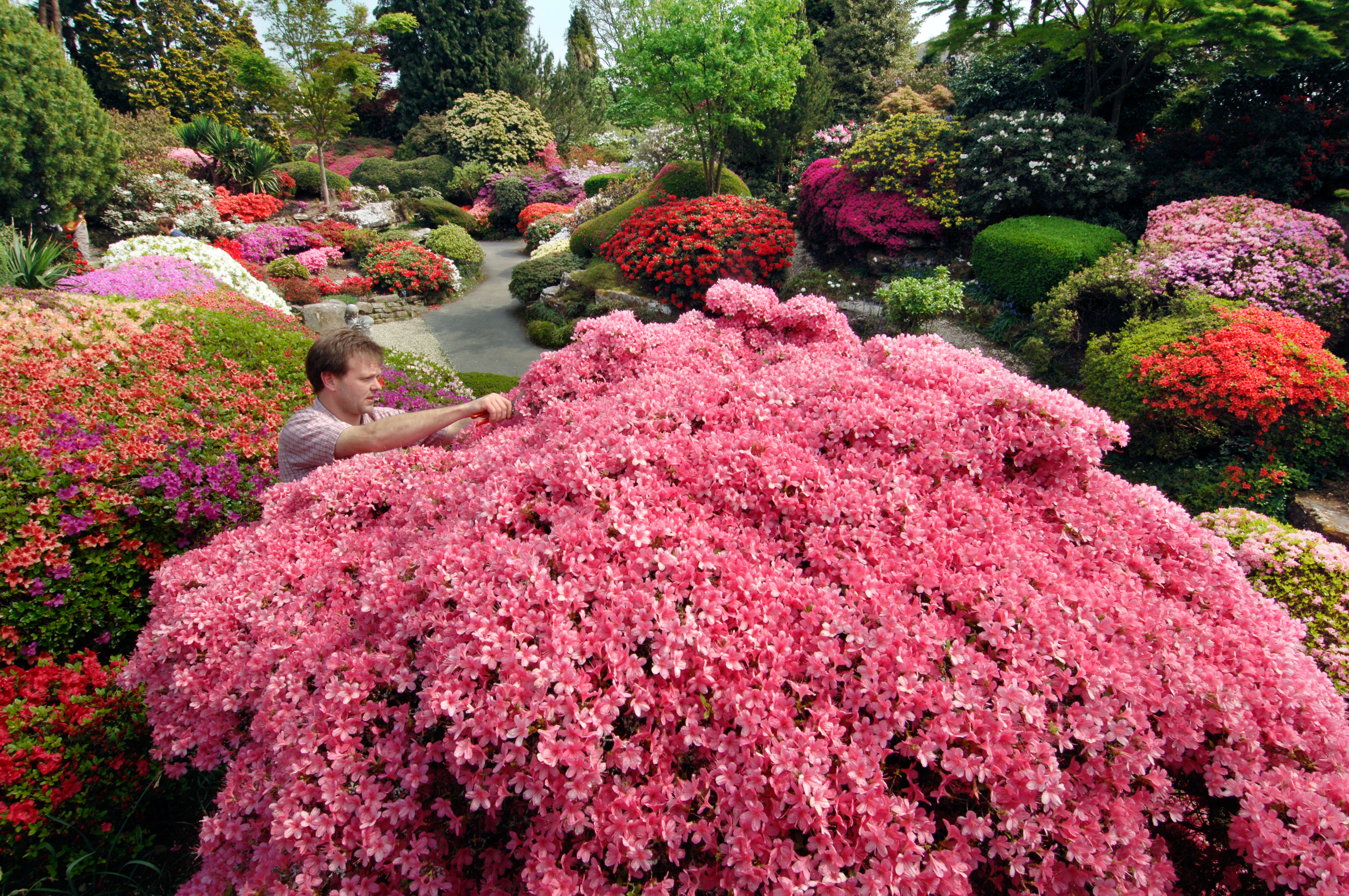 The best rhododendron and azalea gardens in Britain
The best rhododendron and azalea gardens in BritainIt's the time of year when rhododendrons, azaleas, magnolias and many more spring favourites are starting to light up the gardens of the nation. Here are the best places to go to enjoy them at their finest.
By Amie Elizabeth White
-
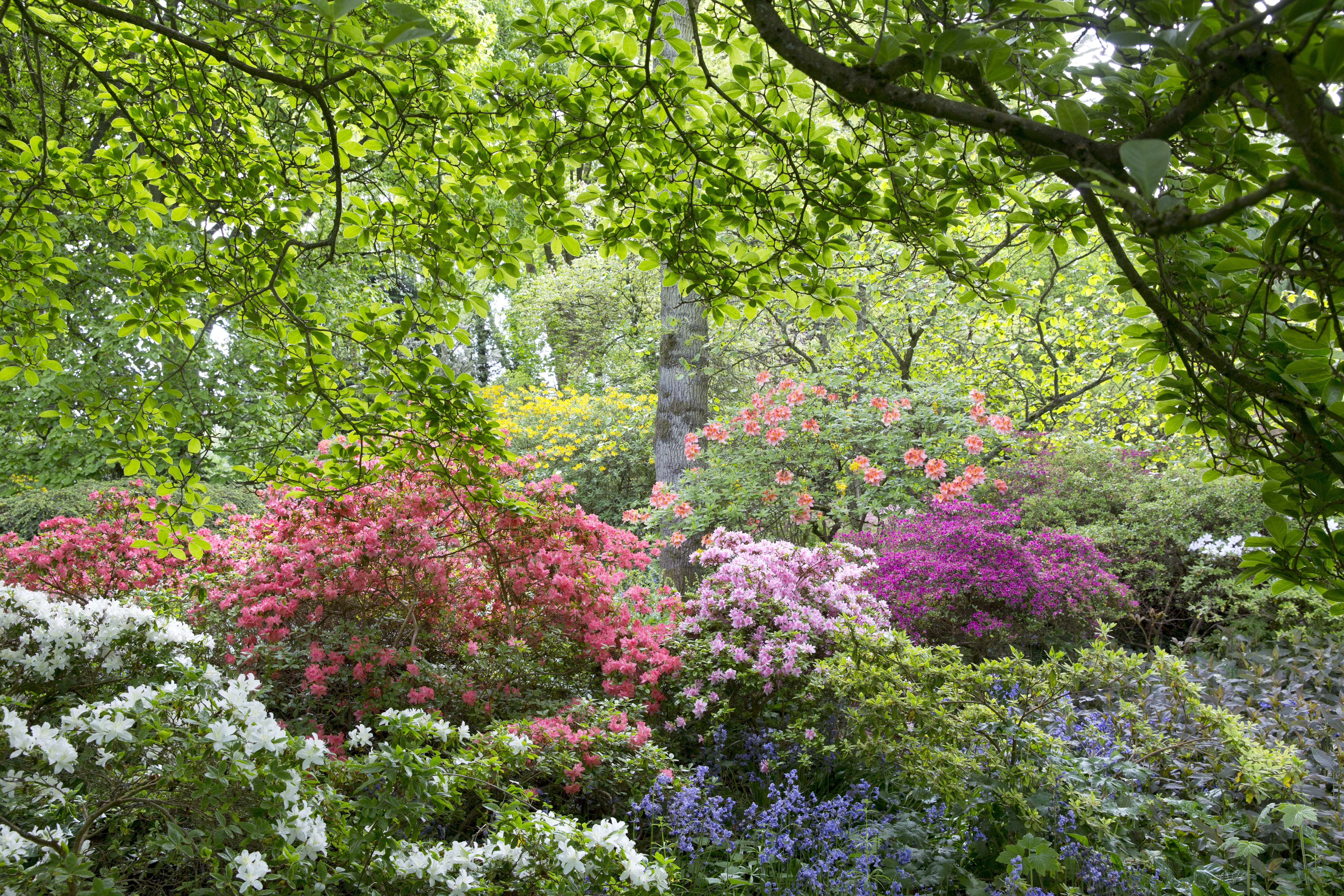 Great Comp: The blissful garden flooded with rhododendrons and azaleas that's just beyond the M25
Great Comp: The blissful garden flooded with rhododendrons and azaleas that's just beyond the M25Each spring, Great Comp Garden — just outside the M25, near Sevenoaks — erupts into bloom, with swathes of magnolias, azaleas and rhododendrons. Charles Quest-Ritson looks at what has become one of the finest gardens to visit in Kent.
By Charles Quest-Ritson
-
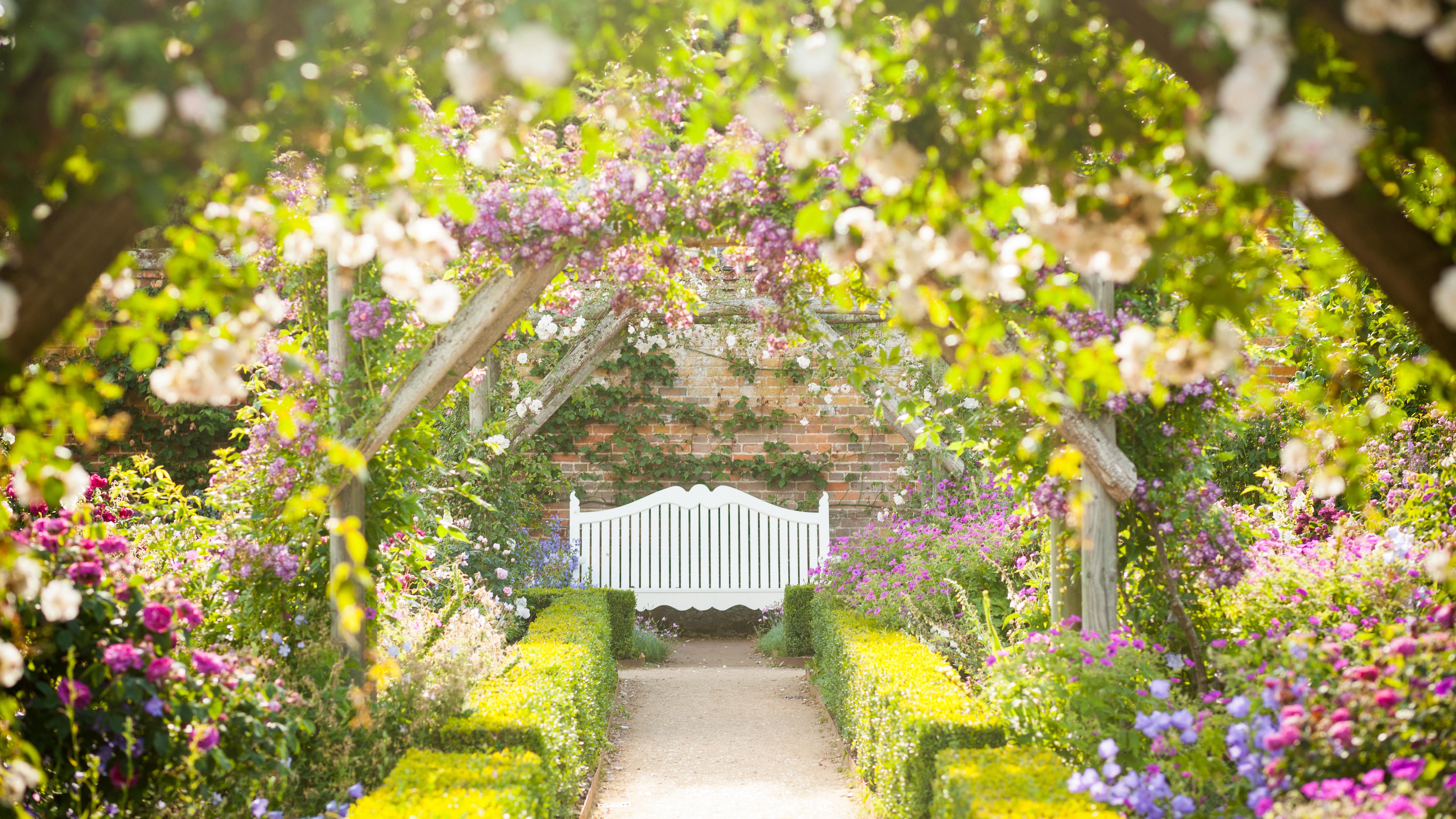 'I'm the expert who wrote the RHS's guide to roses — here's why pruning them right now is almost certainly a terrible mistake'
'I'm the expert who wrote the RHS's guide to roses — here's why pruning them right now is almost certainly a terrible mistake'More roses die from over-pruning than any other cause so what’s the reasoning underpinning this horticultural habit? Charles Quest-Ritson, the garden expert who wrote the RHS Encyclopedia of Roses, takes a closer look.
By Charles Quest-Ritson